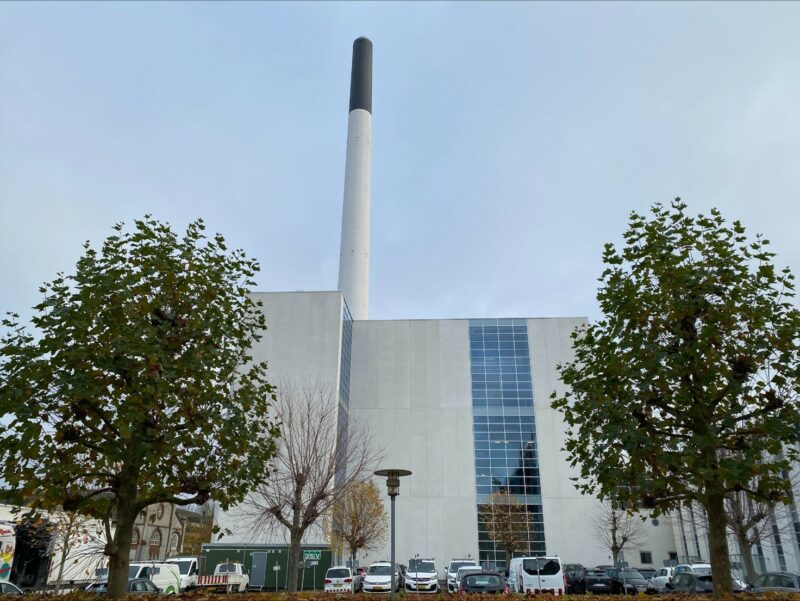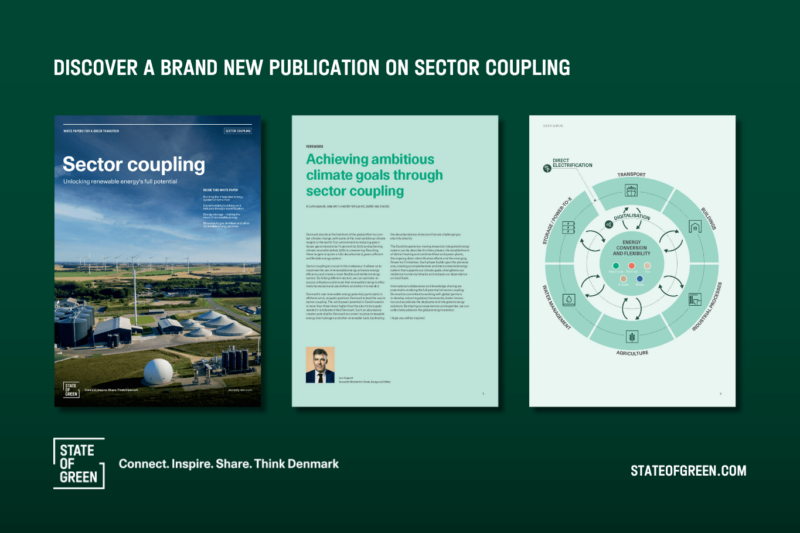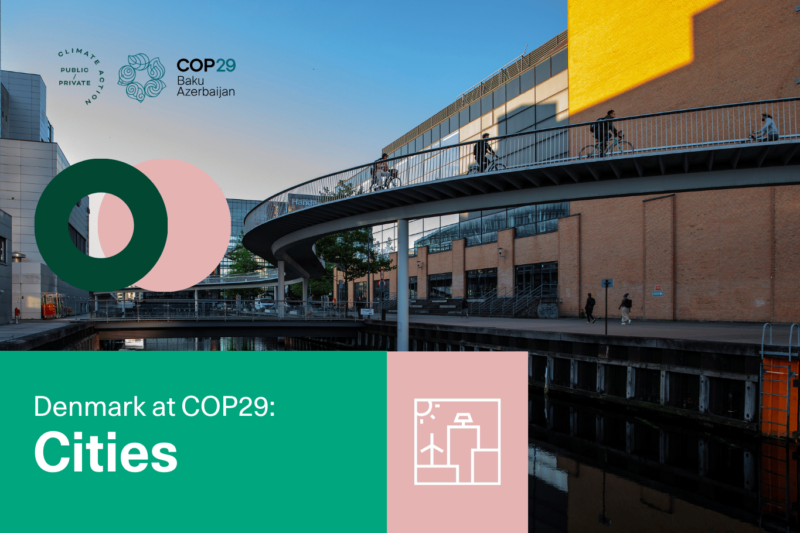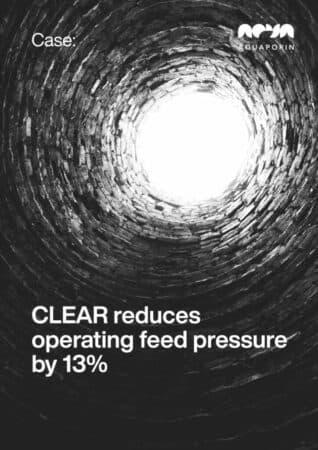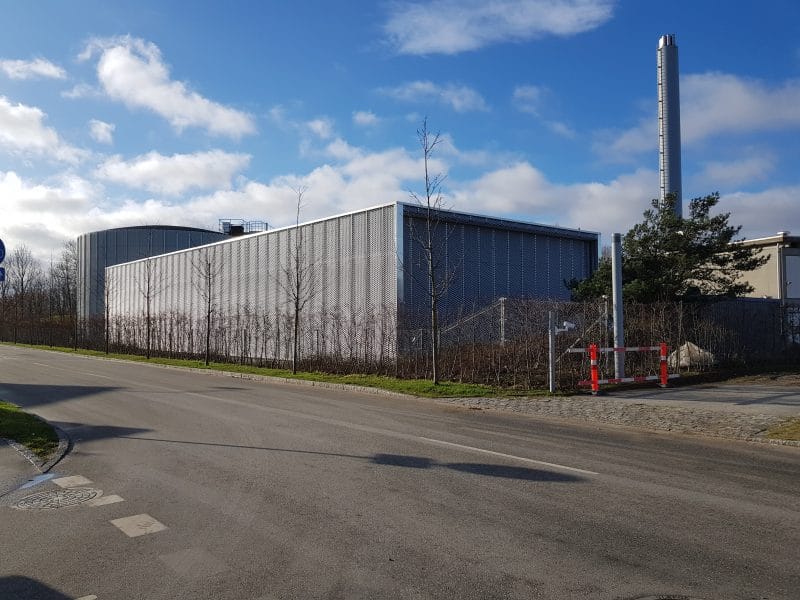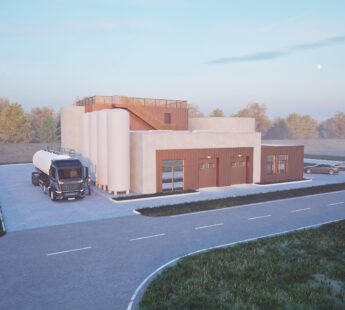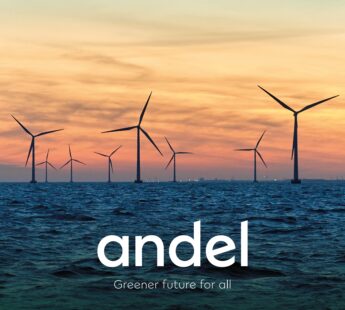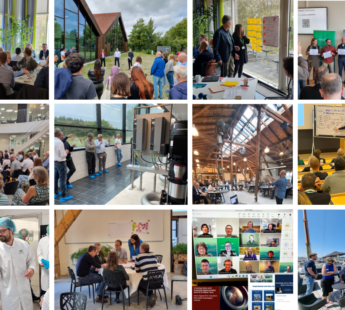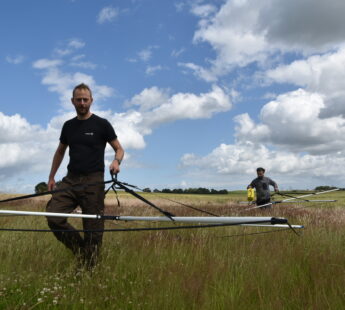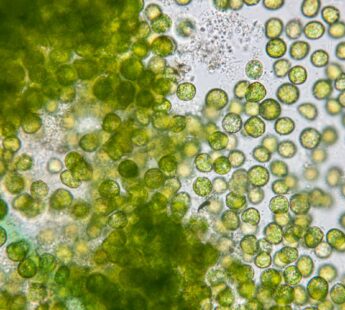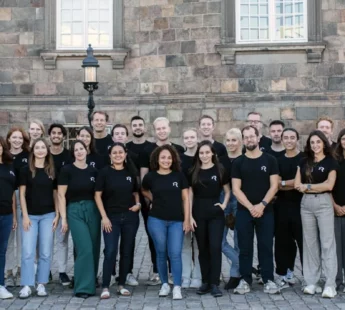Perspective
Groundwater management
Water management
Water supply
Ensuring high quality
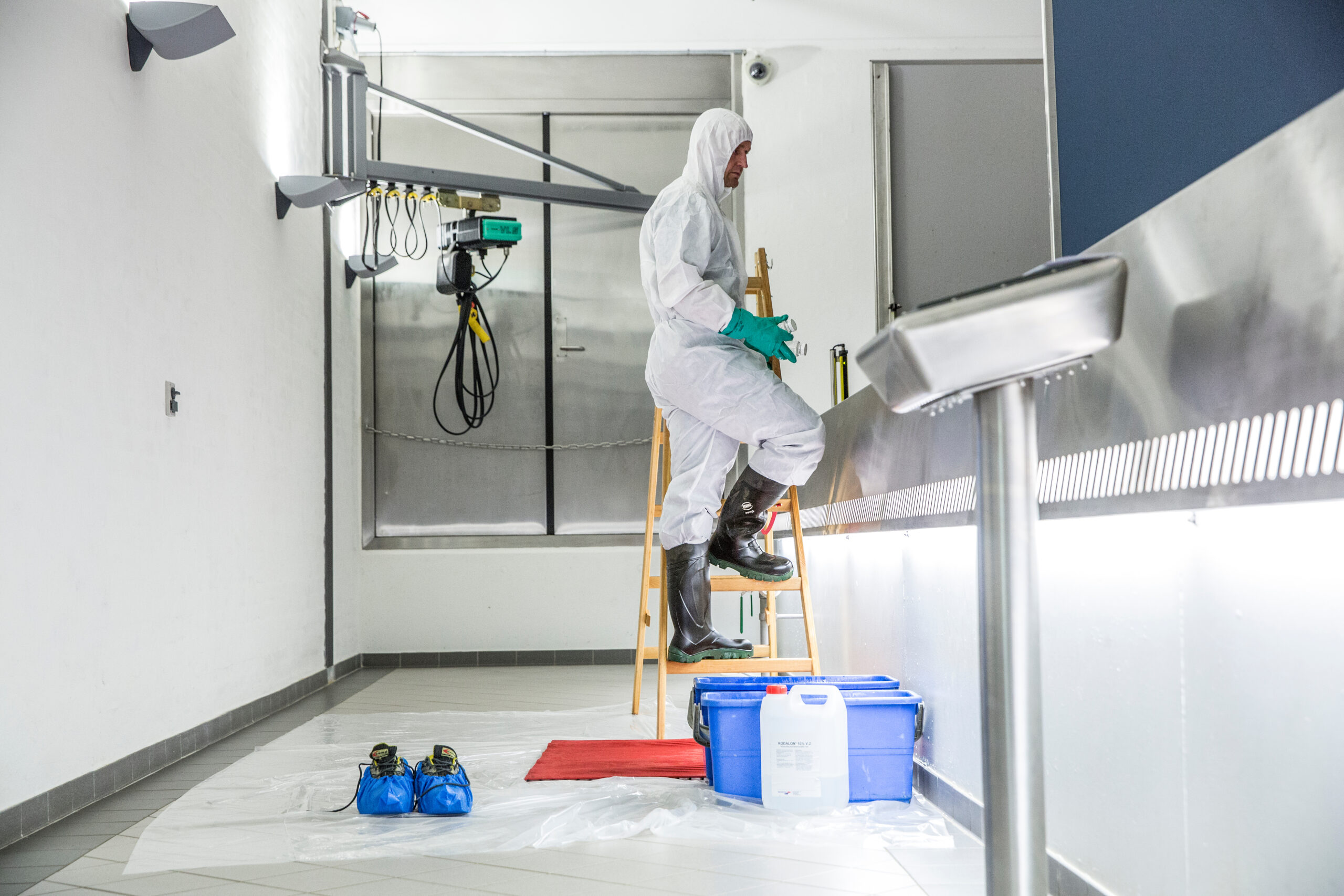

Groundwater, if protected accordingly, requires little to no treatment in comparison to surface water. Examples across the world exist where groundwater is being supplied chlorine-free and with virtually no treatment. However, ensuring drinking water of high quality also requires high standards for hygiene during the treatment section at the waterworks and throughout the distribution system to the customer’s tap. In addition, the requirements can vary from one waterwork to another, depending on whether the supply is based entirely on groundwater or if it is mixed with other sources. Equally, the natural quality and amount of water also affect the hygiene standards required in the waterworks.
Hygiene standards and the necessary barriers
Until recently, groundwater in Denmark has only required simple treatment, such as aeration and sand filtration, but additional treatment is becoming more widespread. As an extra hygienic barrier, UV disinfection is commonly installed and the calcareous groundwater causing lime scale build-ups in bathrooms and household appliances has led to growing customer demand for softening the drinking
water. The less attractive advanced treatment is borne out of necessity, due to the increased occurrence of pesticides in the groundwater. So far, boreholes have mainly been taken out of operation as a consequence of discovering pesticides in the groundwater – even when it concerns very low concentrations. However, the situation has developed into a reluctant acceptance of active coal filtration or other advanced filtration techniques for at least some decades until pesticides or their metabolites are no longer found in the groundwater. In countries where the water source is a mix of groundwater and surface water, it will in most cases be the quality of the surface water which will determine which hygienic barriers need to be installed.
Management systems for quality control
All major water utilities in Denmark apply the management support system ‘Documented Drinking Water Safety’ (DDS) and all major utilities have obtained an ISO 22000 certification, which is the international standard concerning food safety. The principles of the Hazard Analysis and Critical Control Point (HACCP) in the ISO 22000 are operationalised in the water utility practice by Documented Drinking water Safety (DDS). The system supports utilities in analysing possible water quality risks within abstraction, treatment, distribution, and installation at the custome; enabling identification of specific control points in the distribution network based upon quality targets set by the individual water utility. A monitoring plan is drawn up, which summarises the most important threats to the quality targets and how to avoid them. The monitoring is mainly performed through continuous hygiene, sampling and maintenance routines. If there are critical areas posing a threat to the quality targets, a specific risk management procedure is commenced.
Hygiene at the waterwork
Due to the use of groundwater as a protected sole source, it has been possible for Danish waterworks to maintain a non-chlorinated water supply. When lacking the hygienic barrier in the form of chlorination at the distribution side, the Danish waterworks adhere to high standards for hygiene. Because of this, waterworks are divided into hygiene classes, with gradually more strict behavioural requirements for areas with open access to the drinking water. The utility employees, as well as any utility subcontracted employee from private companies, must participate in a skilled worker’s
course and obtain a hygiene certificate.
A safe distribution system
When operating a system without chlorination, it is paramount that the system is continuously pressurised to avoid the intrusion of pollutants through pipe failures. Adjusting the water distribution to ensure water quality and optimising the amount of time the water is in the pipes is a task made possible by advanced technology e.g., SCADA systems and hydraulic models of the network. Hydraulic models help calculate the age of the water in the network, based upon data on pipe locations and dimensions as well as estimates on customer demands throughout the network. Best practice is to break down the distribution network into smaller sections – so-called District Metered Areas (DMAs). Detailed information on consumption and time-dependent demand variations by each District Metered Area support the creation of a more advanced hydraulic simulation model of the distribution network. By combining hydraulic model data with data from the SCADA system, leaks, possible low
flow sections and dead ends can be detected. Additionally, it can help ensure that optimised pressure is maintained, thereby minimising risks to the water quality. The water quality is monitored at selected points throughout the distribution system. To further ensure the quality of the water, tests can be performed at the tap in customers’ private homes. Active leakage and asset management for pipe rehabilitation enable a quick response to – or even prevention of – potential water quality dangers, which can occur with unidentified and unattended pipe corrosion, leaks and possible pressure drops caused by valve or pump failures. Hence, effectively managing non-revenue water- related issues not only saves water and energy for pumping; it also addresses the question of high-quality water assurance.
You should consider reading
solutions
Climate change adaptation
+4
WATER CONSERVATION IN AFRICA
4 November 2024Perspective
Sector coupling
+9
